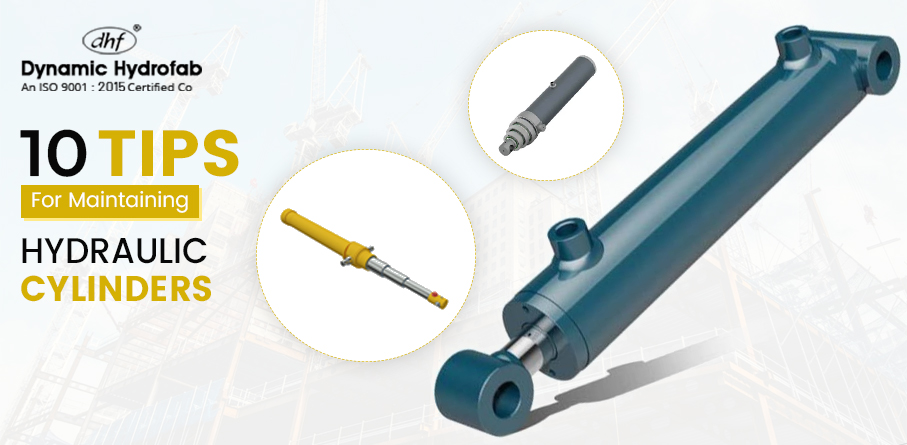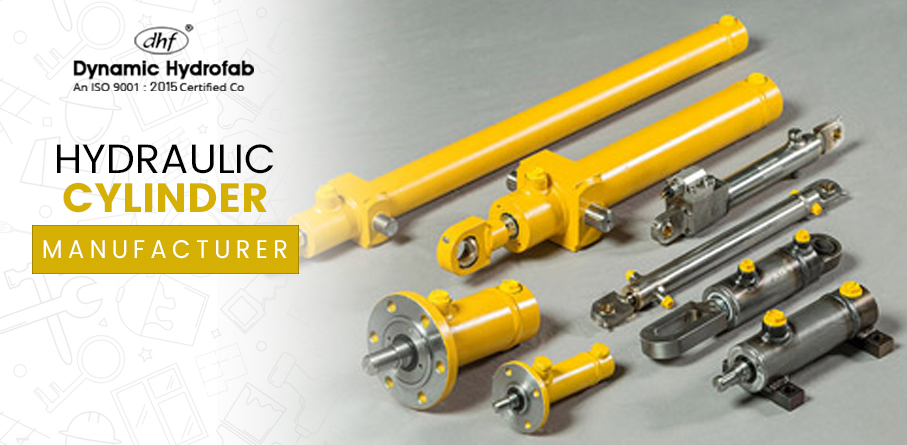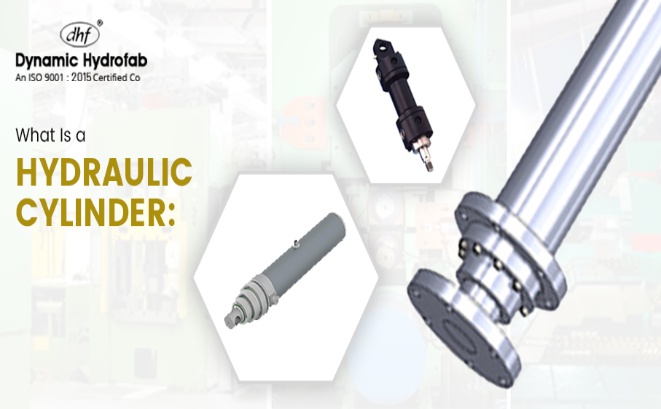What is a hydraulic cylinder?
A hydraulic cylinder is a device that generates force in one direction to produce linear motion. It finds wide applications in various industries, including manufacturing, construction, elevators, and civil engineering.
Read this blog to explore more about hydraulic cylinders and how to maintain them.
10 Essential Tips for Maintaining Hydraulic Cylinders:

Regularly check and maintain fluid levels
Check hydraulic cylinder fluid levels regularly because they play an important role in the smoothness and performance of the cylinders. Consider the fuel levels to be below the recommended range; if they are not in range, it may cause damage to hydraulic cylinders.
Maintaining proper alignment for smoothness
The second and most important tip is that you can regularly check cylinders and maintain proper alignment for the betterment of cylinders.
Check if it is attached to any components because misalignment can put too much pressure on the cylinder and make it wear out or break sooner.
Replace worn seals: a necessary part of maintaining
Seals play an important role in preventing leaks and maintaining the integrity of the hydraulic system.
- So First you can regularly inspect the seals for wear, cracks, and damages; if a replacement is necessary, and then replace it immediately.
- Second properly caring for seals helps prevent fluid leakage and maintain the hydraulic cylinders performance.
Cleanliness: Perform regular cleaning and flushing
Because of over time, dirt, debris, and moisture can build up in hydraulic cylinders so keeping the system clean, regularly flush it is important to remove these substances.
Use the right cleaning agents and make sure to completely flush the system before adding fresh hydraulic fluid.
Examine and control operating temperatures
Hydraulic cylinders can generate heat during operation. It's important to monitor the temperature and ensure it remains within the recommended range.
Because high temperatures can degrade the fluid and seals, while low temperatures can lead to sluggish operation. Consider using temperature sensors or coolers as needed.
Conduct routine visual inspections
Check the hydraulic cylinder regularly for any obvious damage like rust, dents, or leaks.
Pay special attention to the connections, fittings, and hoses. If you notice any problems during the inspection, fix them quickly to avoid more damage or loss of performance.
Lubricate moving parts
There is another tip for maintaining cylinders. Apply lubrication to the moving parts of the hydraulic cylinder as recommended by the hydraulic cylinder manufacturer.

Lubrication helps reduce friction, which is why it improves the overall hydraulic performance and the life of the cylinder. Follow the manufacturer's guidelines for the perfect lubricant type.
Document maintenance and service records
Maintain all detailed records of your maintenance activities, repair schedules, and servicing performed on the hydraulic cylinder.
Because records can help track the history of the cylinder, including any issues, replacements, or upgrades, it also provides a valuable reference for future maintenance and upgrades.
Monitor and maintain hydraulic pressure
Regularly monitor the hydraulic pressure within the system to ensure it remains within the specified operating range. Extra pressure can be hard on the cylinder and other components, while insufficient pressure may result in bad performance. Adjust the pressure settings properly if needed.
Protect against contamination:
Keeping the hydraulic cylinders free of dust is the most important part of maintaining the cylinders. Because dust and any other liquid moisture can harm and To keep the hydraulic system and cylinder safe, shield them from dust, dirt, and moisture.
Clean and check these protective measures regularly to make sure they are working properly.
Conclusion
In conclusion, we are providing full guidance on hydraulic cylinder maintenance. By following these essential maintenance tips, you can definitely find the best hydraulic cylinder manufacturer for the best cylinder that operates smoothly and minimizes the risk of failure.


No comments yet